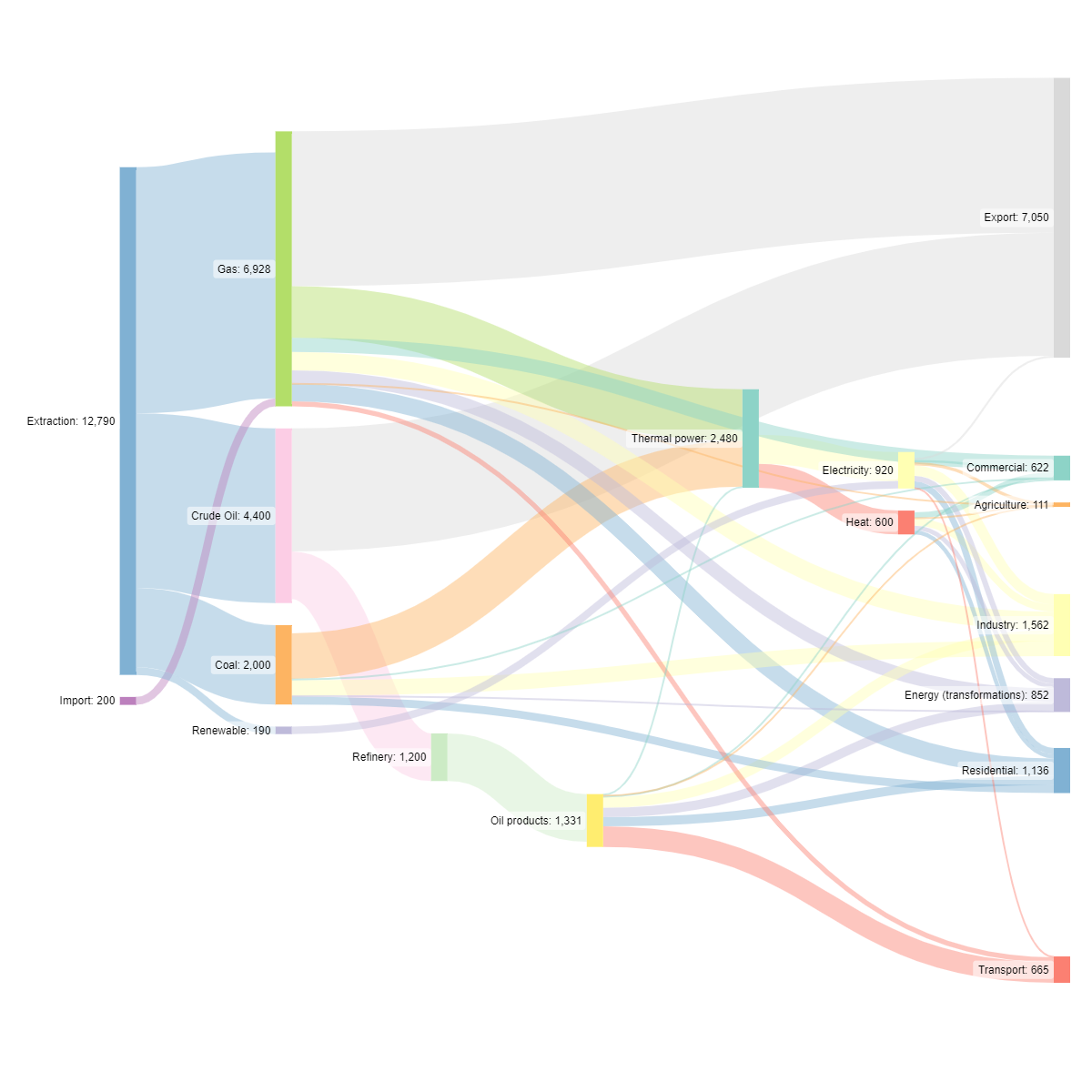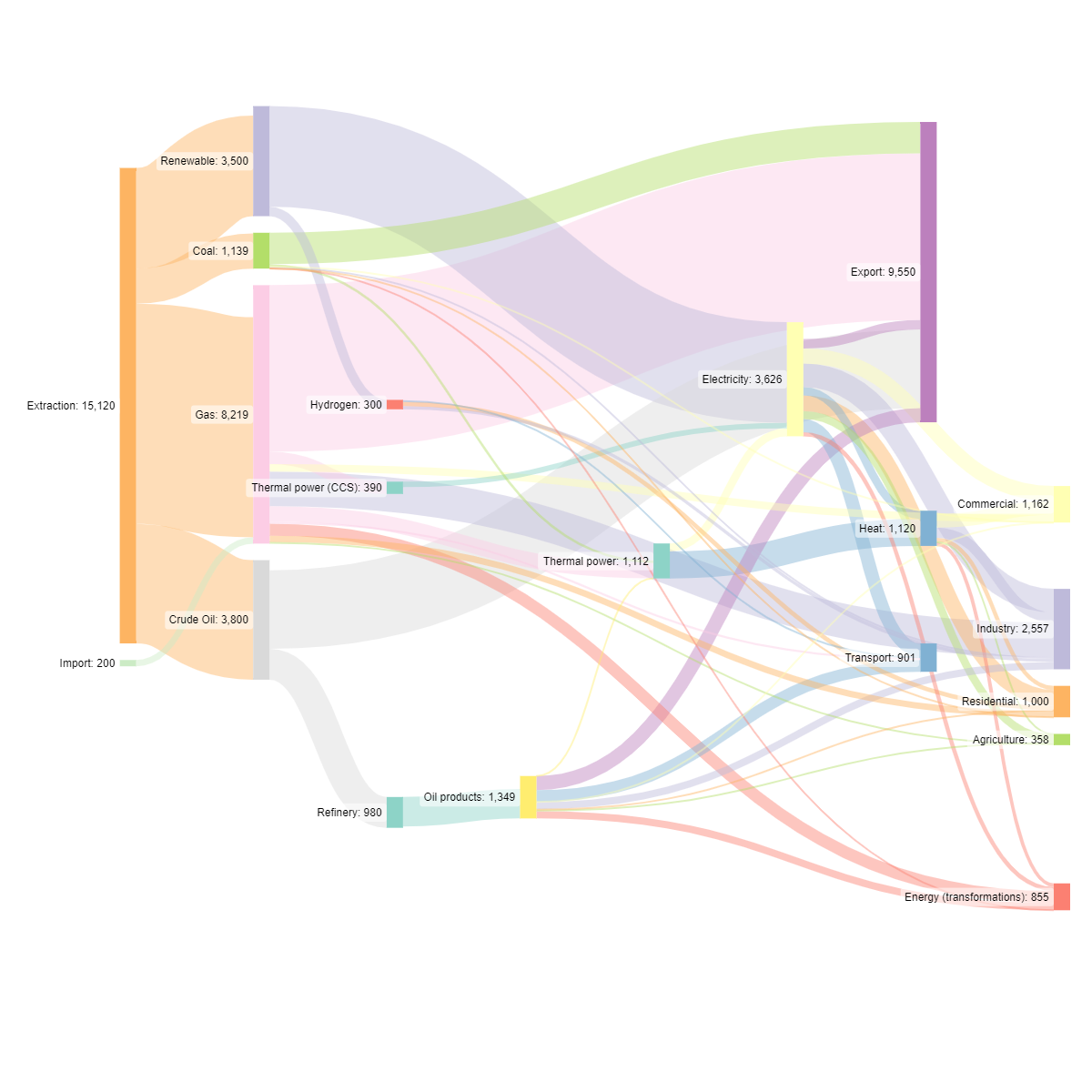Energy Systems Modelling
A “systemic” view is needed to ensure sustainable, resilient, accessible, and just energy systems developments. Energy system models represent the entire energy chains of the system(s) under investigation, thus, providing test-beds to explore the country-specific potentials to move towards a “sustainable” future, as well as to simulate the impact of cooperative and synergic decisions (energy-climate policy design and resource management) at an “integrated” regional level. Energy system models are used to run “scenario analyses”, often organised into wide strategic exercises to evaluate sensitivities and multiple factors.
Typical model inputs: Energy balance of the selected base year, Technology stock of the selected base year, techno-economic information for alternative/new options, socio-economic demand-drivers, policies and measures, other technical and market conditions, etc.
Typical model outputs: Electricity generation by type, Final energy consumption and primary energy supply, Technology mix and evolution over time, Greenhouse gas emissions trajectories, Investments and other costs, Trades, etc.
Typical model outputs (visuals): Sankey diagrams are (energy) flow diagrams, in which the width of the arrows is proportional to the flow rates. They help visualizing the flows of different energy forms along the energy chains (input and outputs across sectors and uses) in a particular point in time (year) and identifying the differences between different points in time (evolution) or across different scenarios (response to policy). The example below shows the diagram for a Central Asian system in 2021 (left) and the possible evolutions of the key energy flows in a deep mitigation 2050 (right), when renewables and electricity play a major role.

